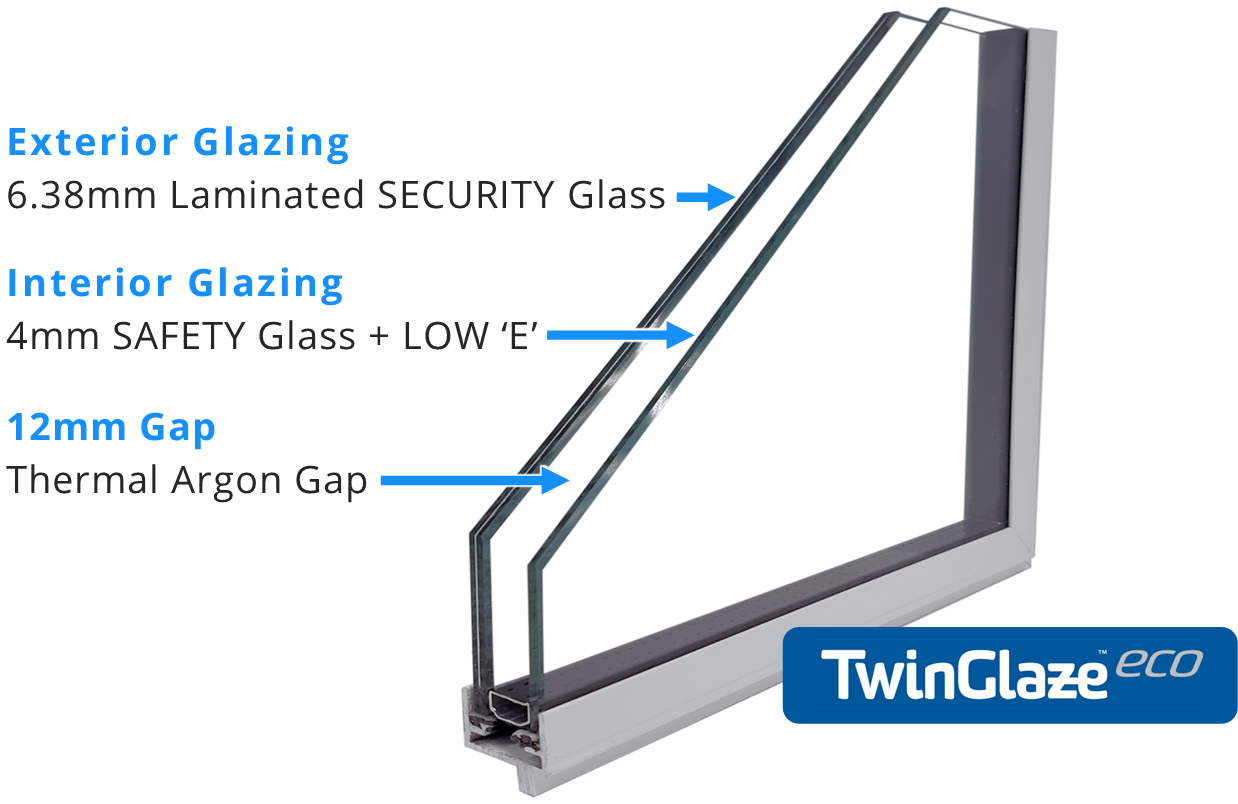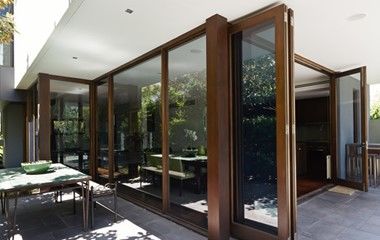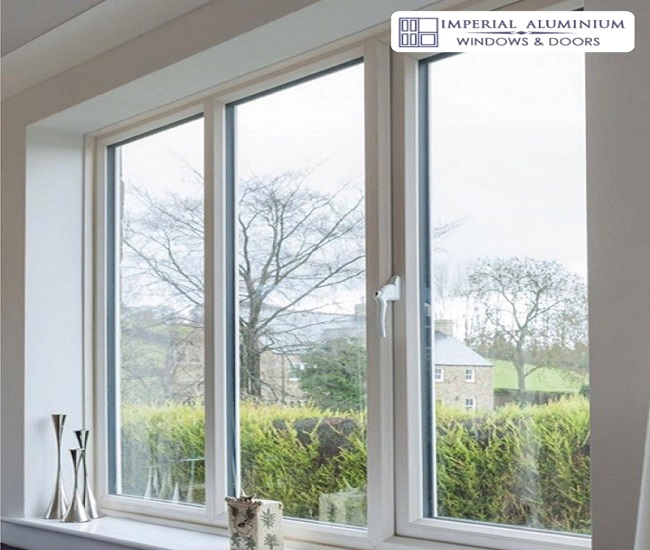All Categories
Featured
Table of Contents
Why Install Stunning Double Glazing Windows During Summer? in Thornlie Perth
Glazing just implies the windows in your house, consisting of both openable and set windows, in addition to doors with glass and skylights. Glazing in fact just implies the glass part, but it is usually used to describe all aspects of an assembly including glass, films, frames and furnishings. Taking note of all of these elements will help you to accomplish effective passive style.

Energy-efficient glazing makes your home more comfy and considerably decreases your energy costs. Unsuitable or improperly developed glazing can be a significant source of unwanted heat gain in summer season and considerable heat loss and condensation in winter season. Up to 87% of a home's heating energy can be acquired and up to 40% lost through windows.
Why Do You Need Double Glazing Windows In Summer? in Landsdale WA
Glazing is a substantial investment in the quality of your house. A preliminary financial investment in energy-efficient windows, skylights and doors can greatly minimize your yearly heating and cooling bill.

This tool compares window choices to a base level aluminium window with 3mm clear glass. Understanding some of the crucial homes of glass will assist you to select the best glazing for your house. Secret homes of glass Source: Adjusted from the Australian Window Association The quantity of light that travels through the glazing is understood as visible light transmittance (VLT) or noticeable transmittance (VT).
What Are The Benefits Of Double Glazed Windows? in East Victoria Park Western Australia
The U value for windows (revealed as Uw), explains the conduction of the whole window (glass and frame together). The lower the U worth, the greater a window's resistance to heat flow and the much better its insulating worth.
If your house has 70m2 of glazing with aluminium frames and clear glass with a U worth of 6. 2W/m2 C, on a winter's night when it is 15C cooler outside compared to indoors, the heat loss through the windows would be: 6. 2 15 70 = 6510W That is comparable to the overall heat output of a large room gas heater or a 6.
Double Glazed Windows – Their Amazing Benefits For ... in Merriwa Perth

If you pick a window with half the U value (3. 1W/m2 C) (for example, double glazing with an argon-filled gap and less-conductive frames), you can cut in half the heat loss: 3. 1 15 70 = 3255W The solar heat gain coefficient (SHGC) for windows (expressed as SHGCw) measures how easily heat from direct sunshine flows through an entire window (glass and frame together).
The lower a window's SHGC, the less solar heat it transmits to the house interior. The real SHGC for windows is impacted by the angle that solar radiation strikes the glass.
Climateframe Double Glazing: Perth's Double Glazed ... in Greenmount WA
When the sun is perpendicular (at 90) to the glass, it has an angle of incidence of 0 and the window will experience the optimum possible solar heat gain. The SHGC stated by glazing producers is always computed as having a 0 angle of incidence. As the angle increases, more solar radiation is shown, and less is transmitted.
Latest Posts
Double Glazed Windows in West Leederville Perth
Double Glazed Windows Melbourne in Medina Western Australia
Double Glazing Companies Near Me Reviewed 2023 in Huntingdale WA